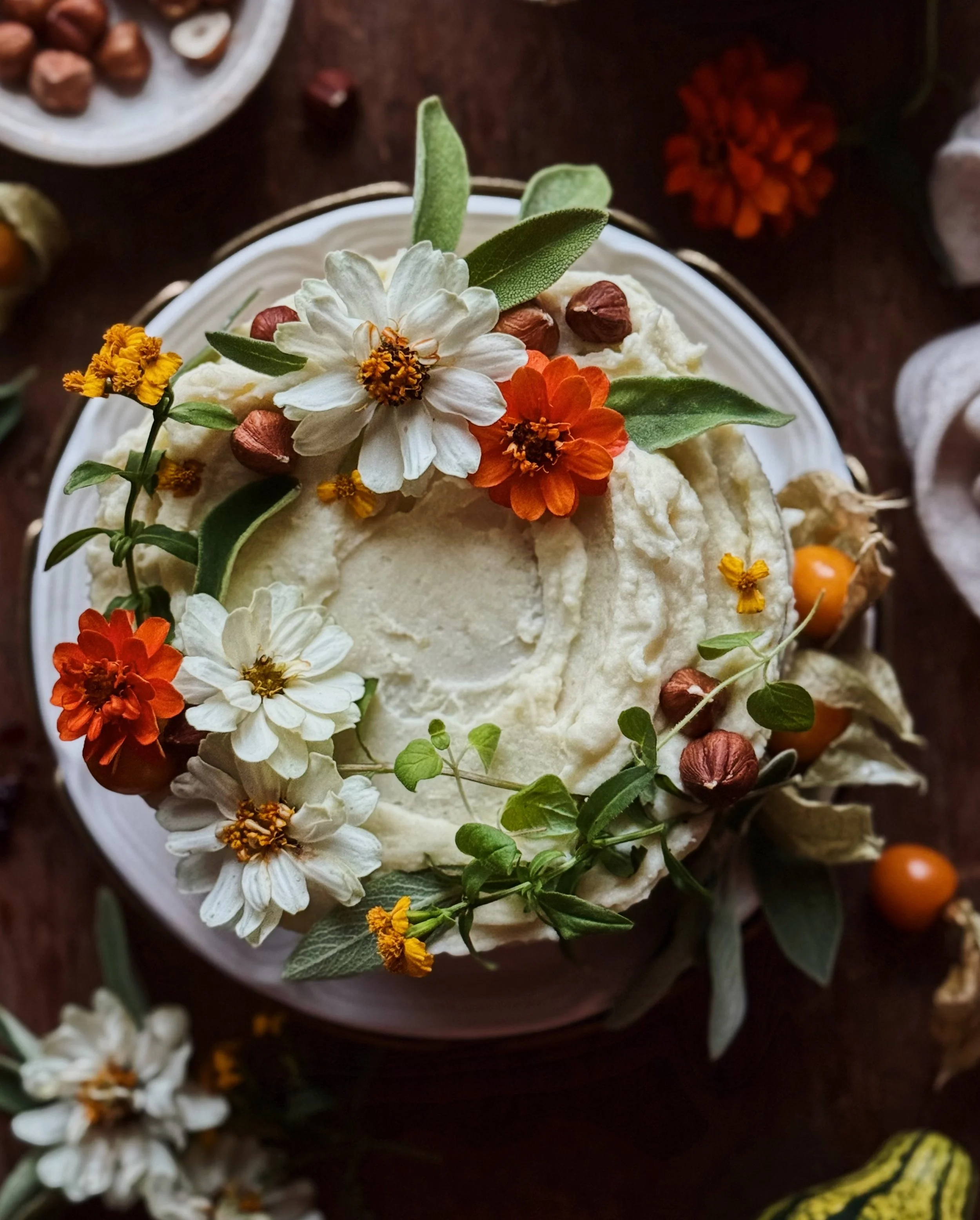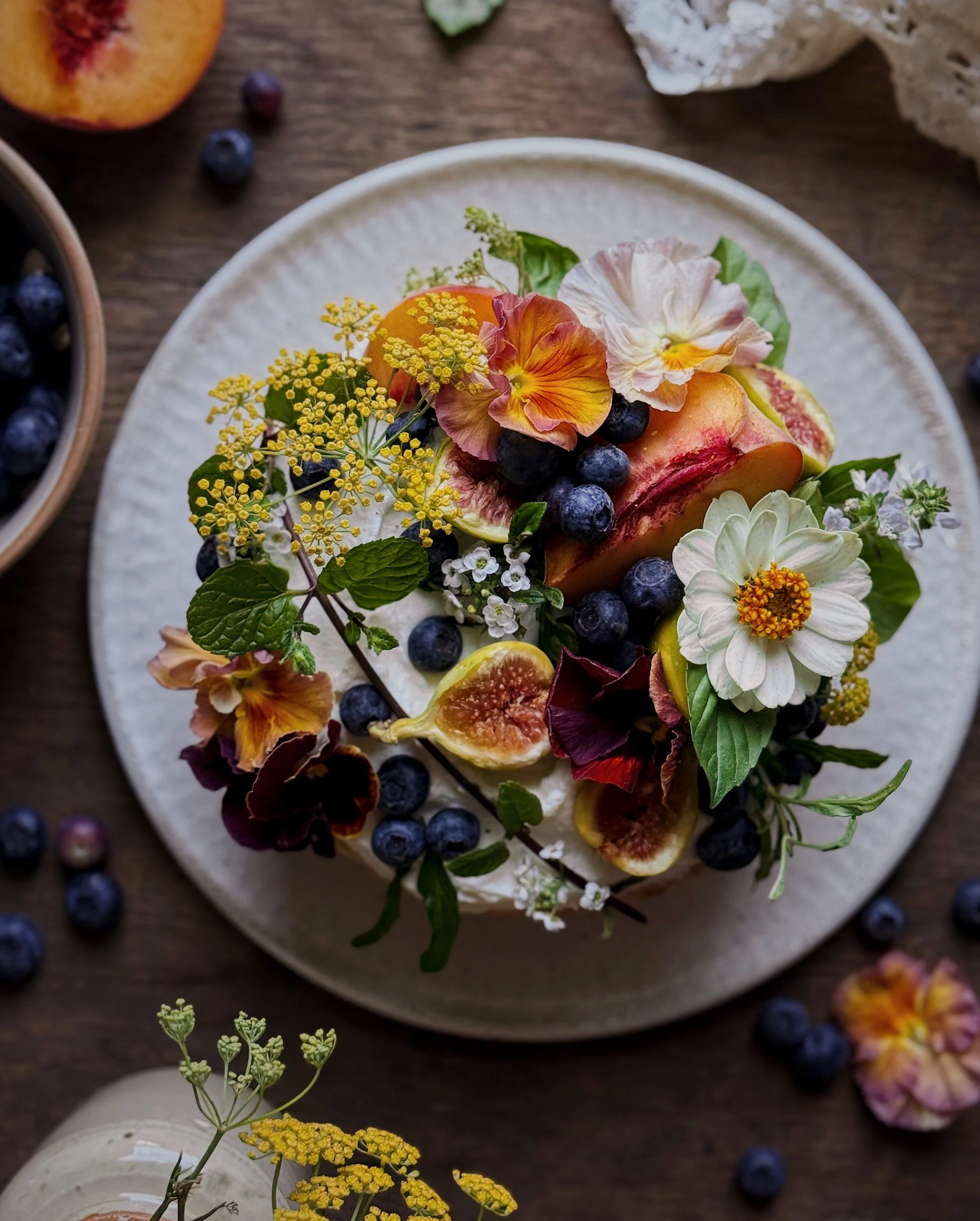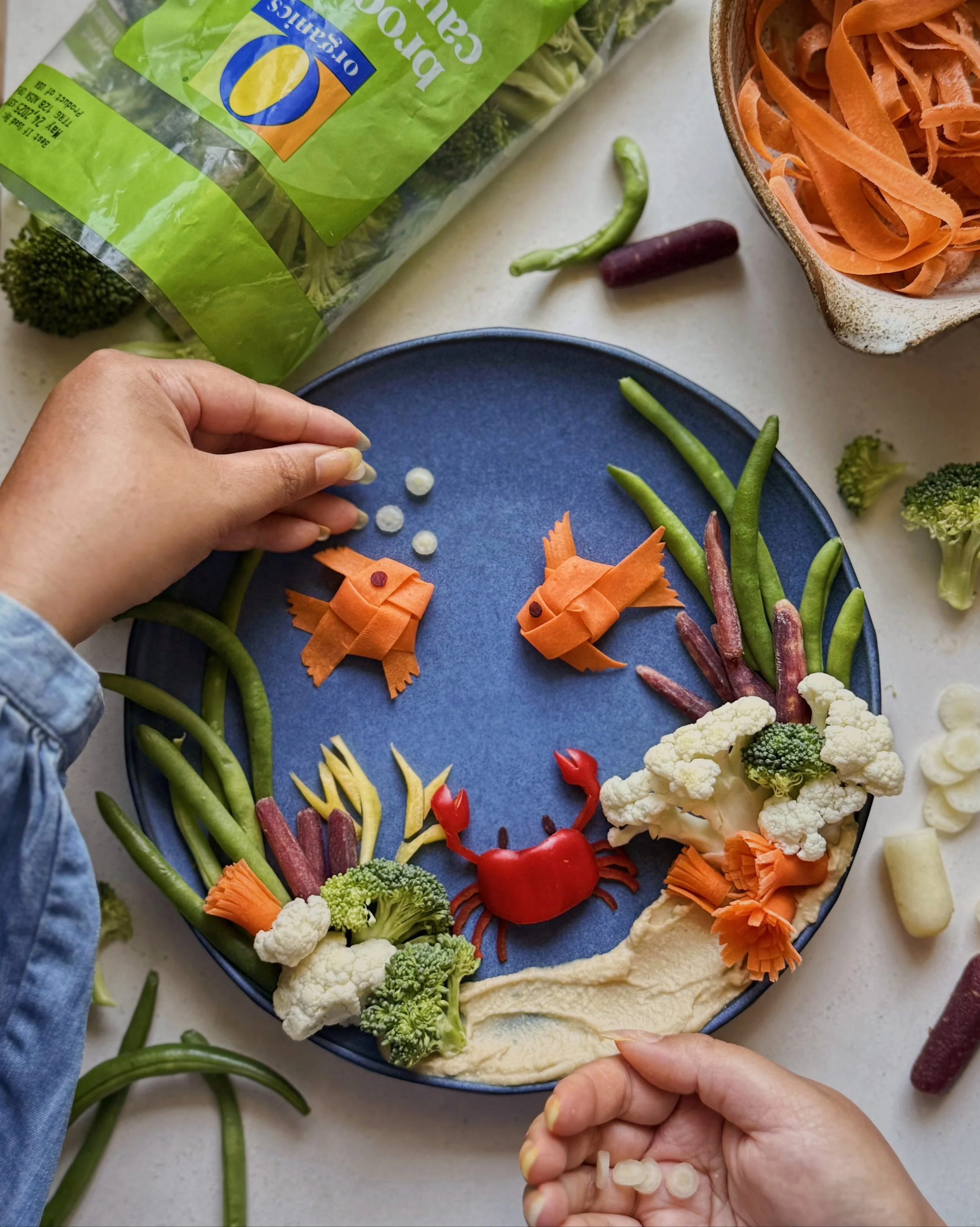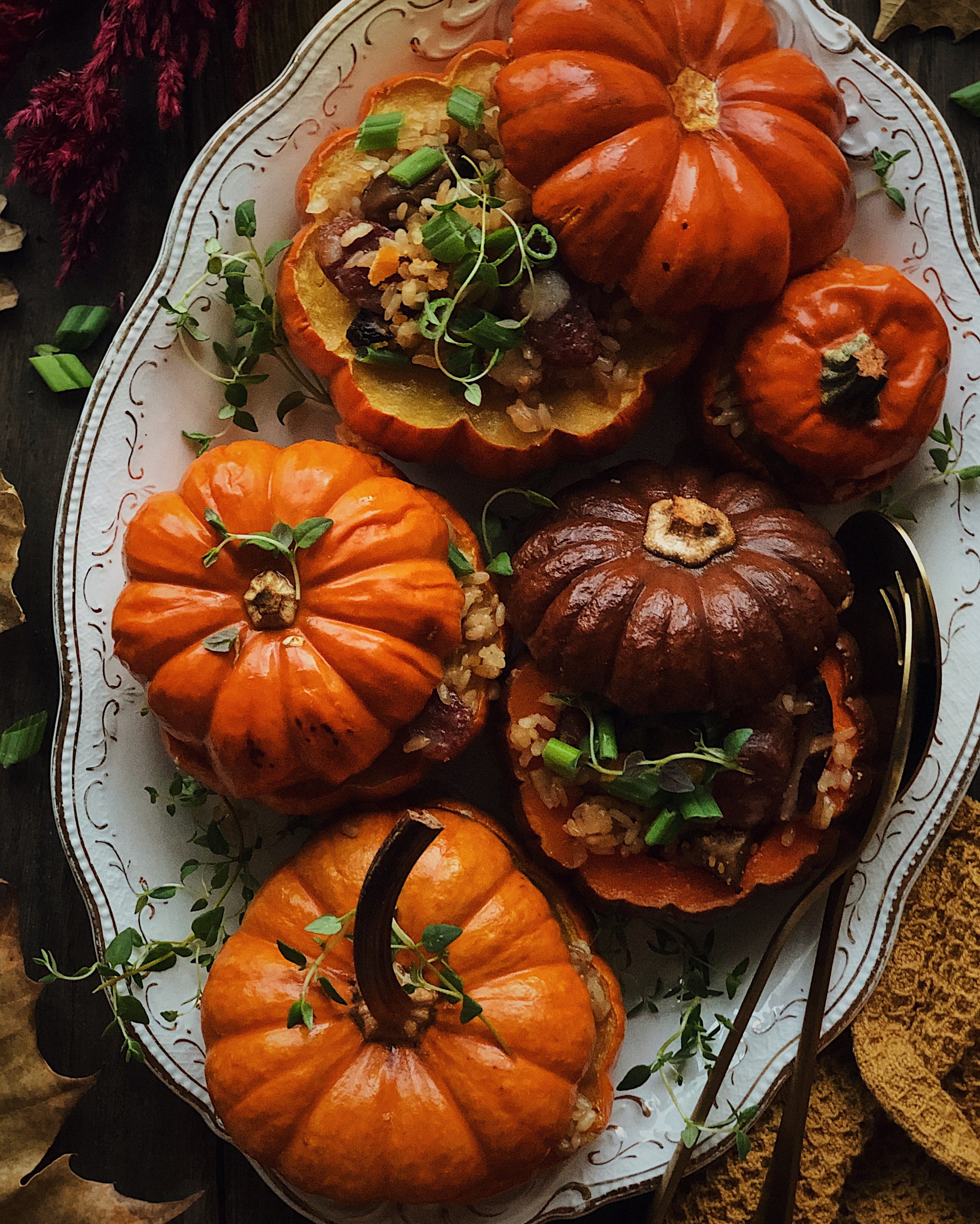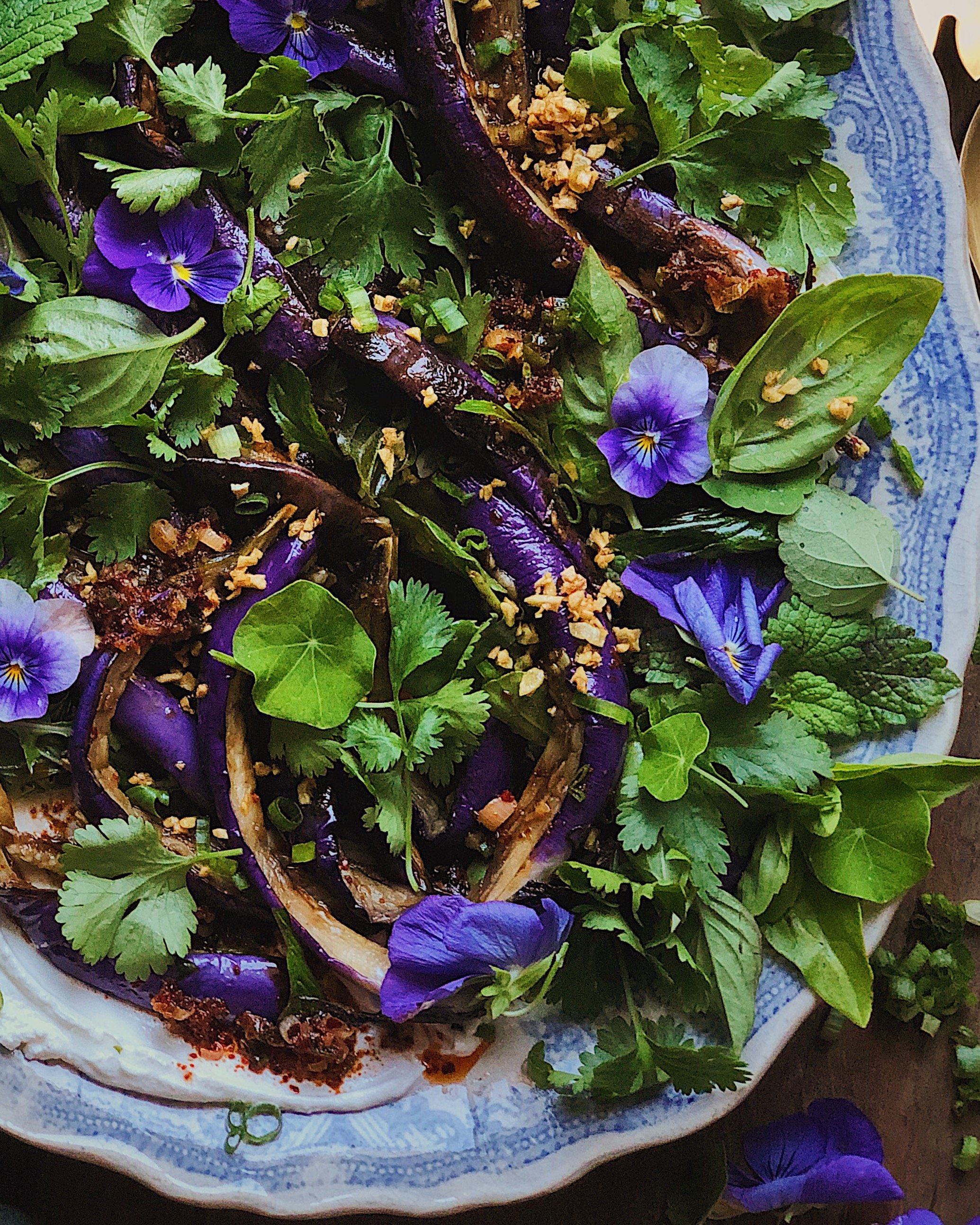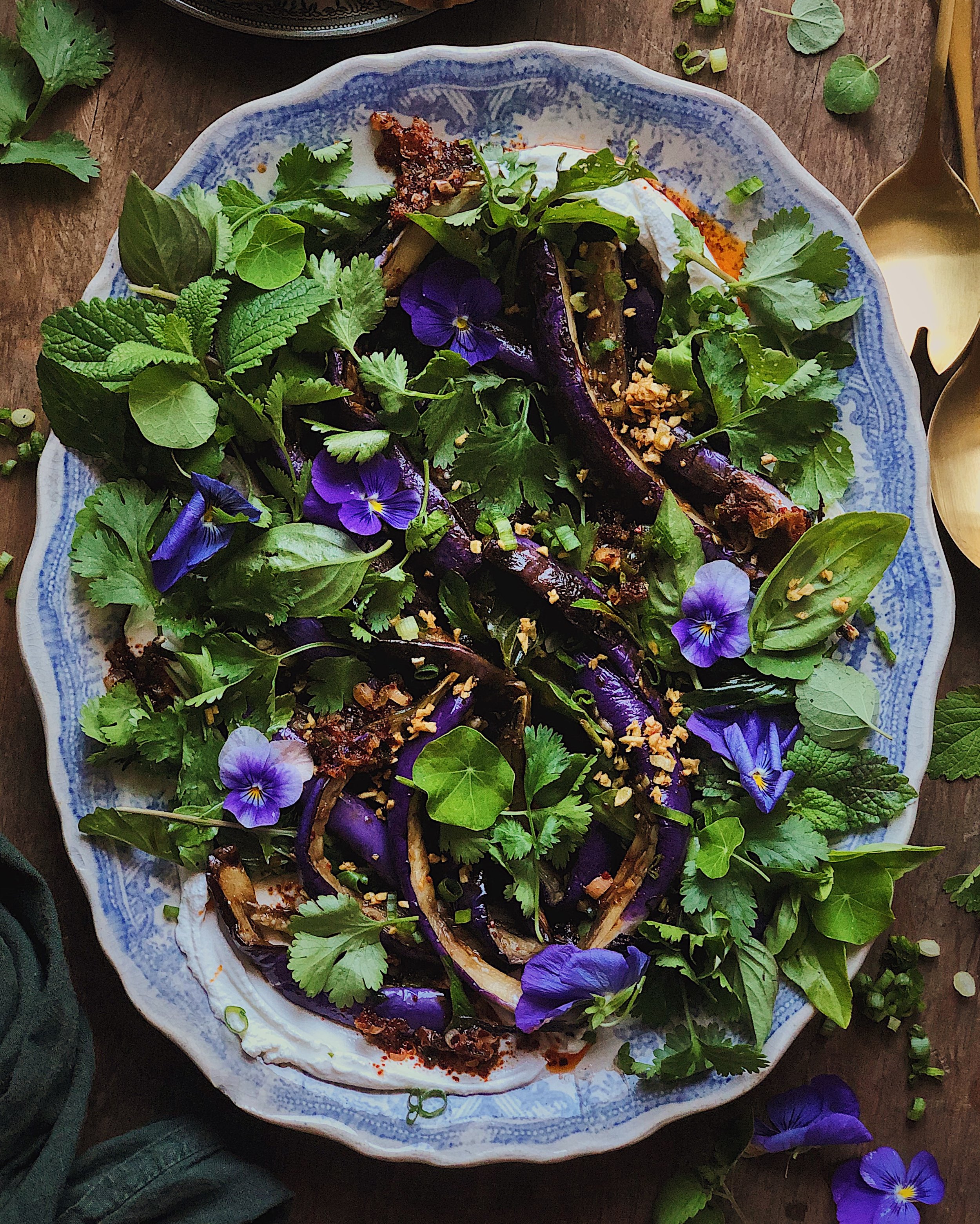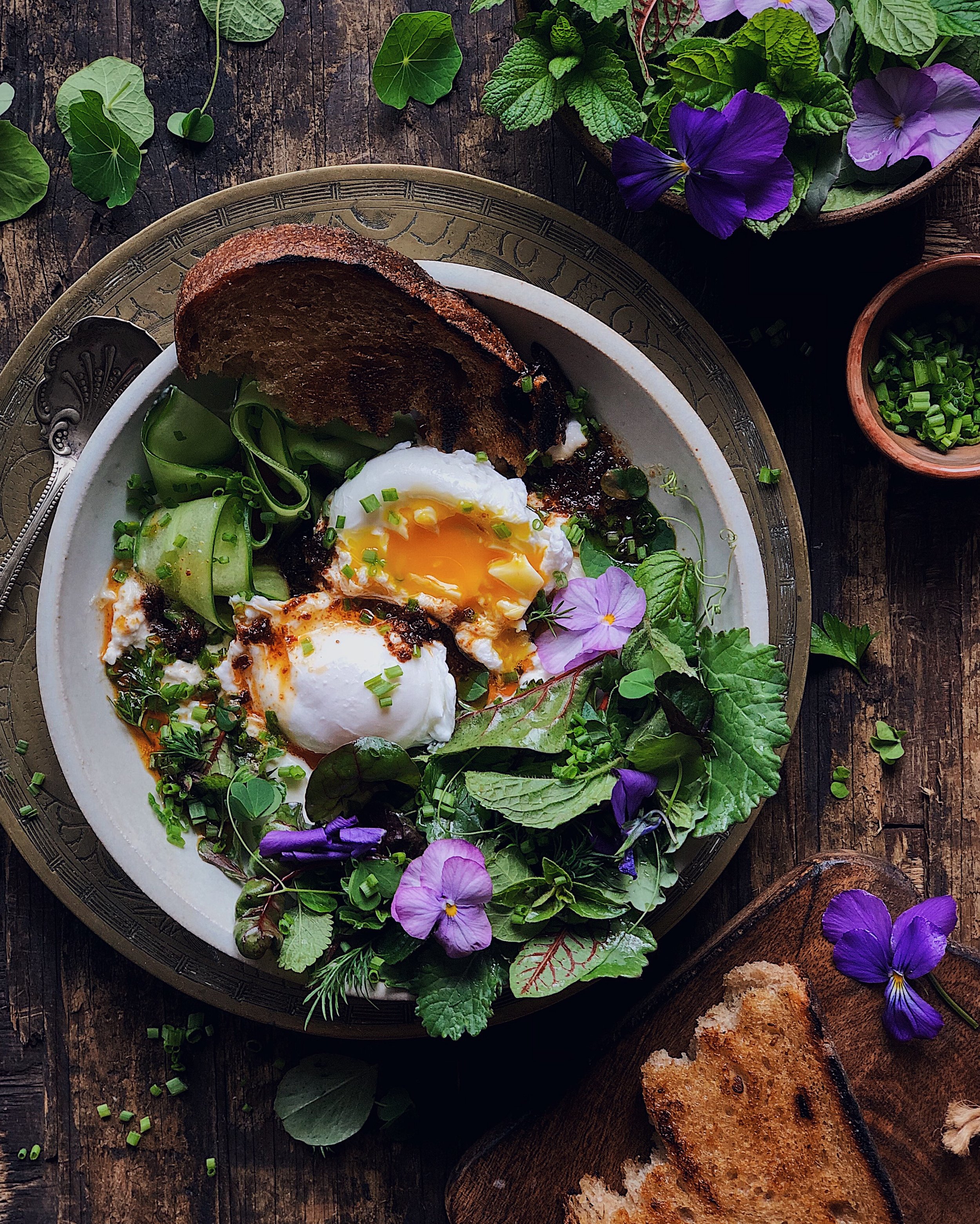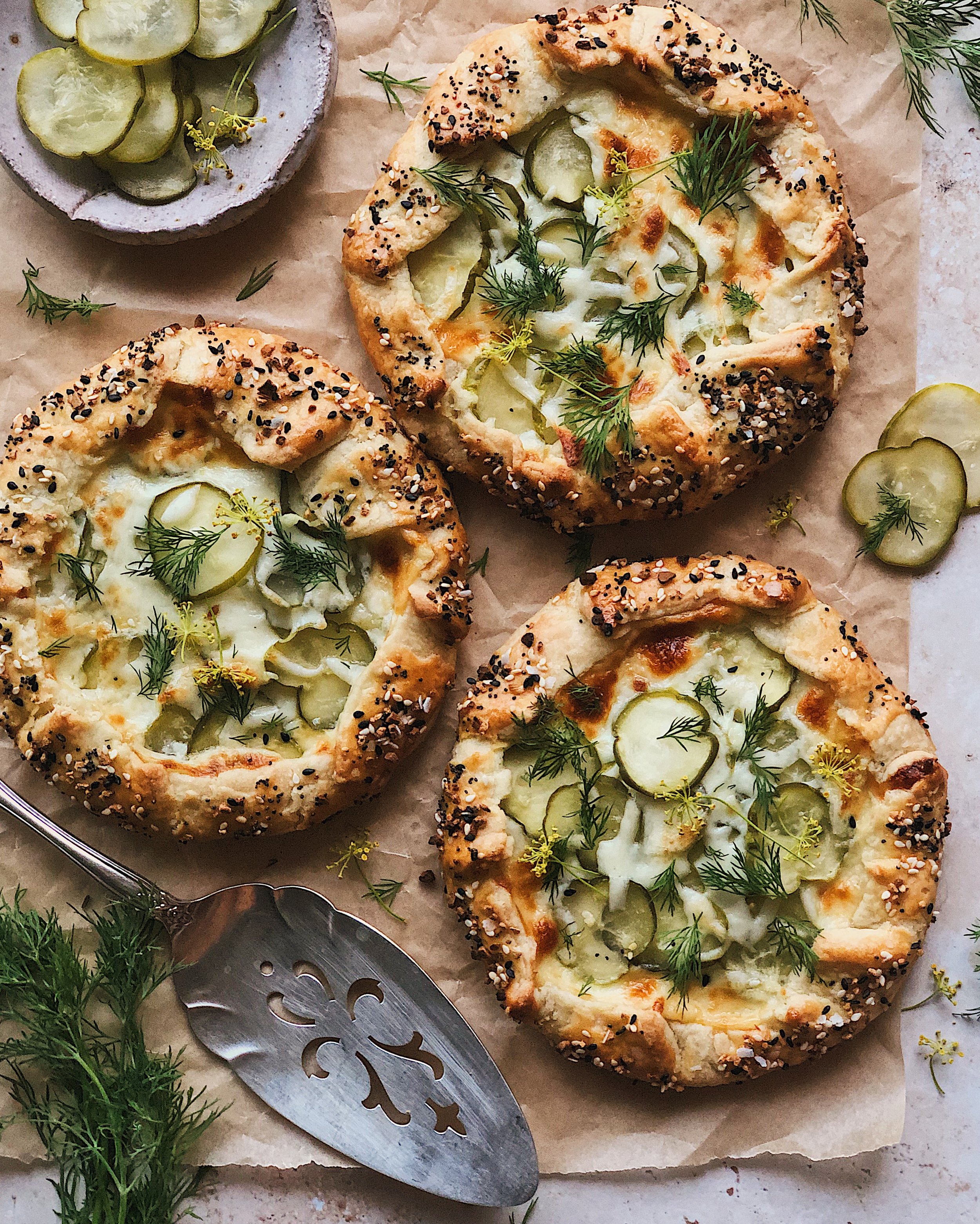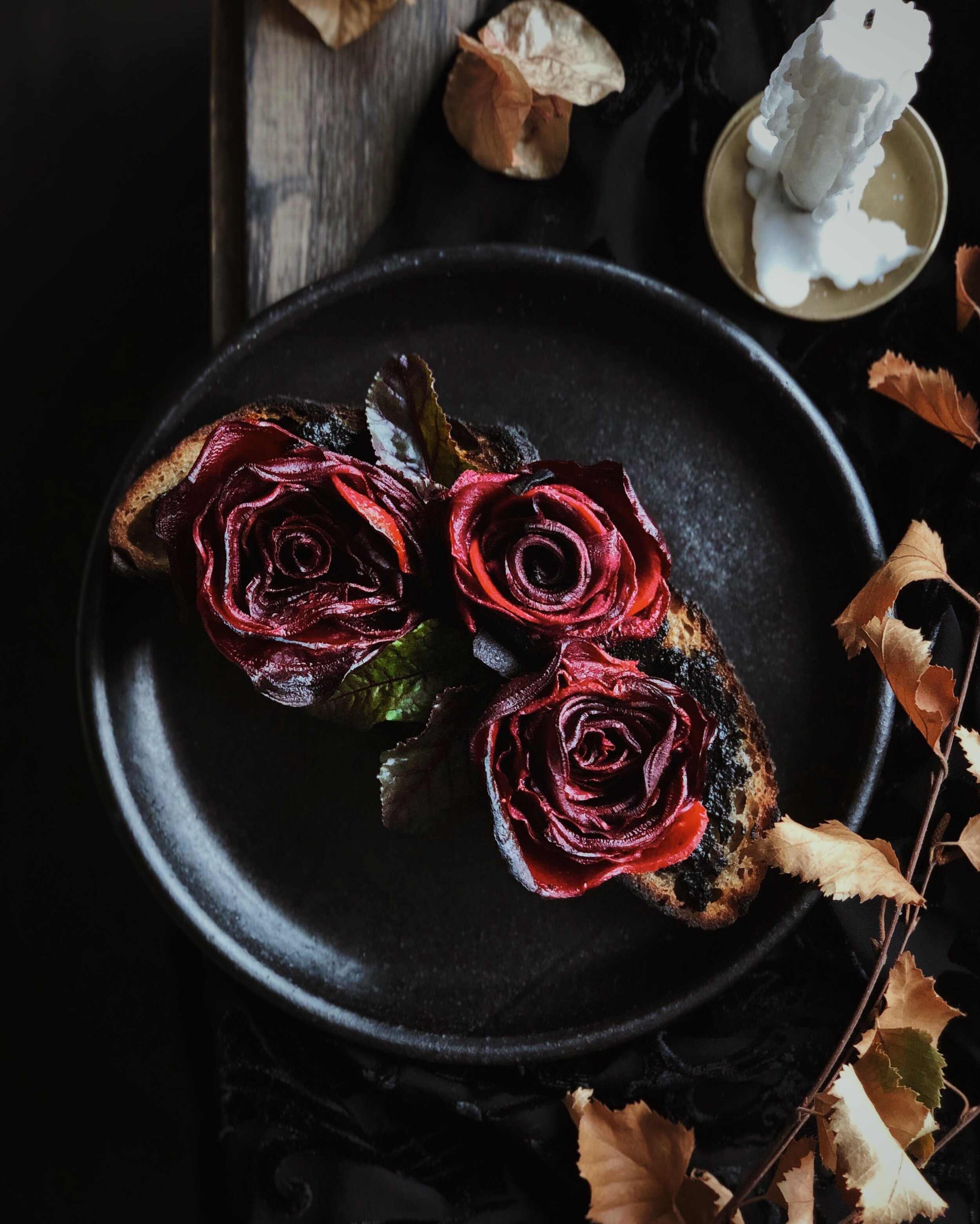Kawaii Bento Bowl with Bunny and Baby Chick Rice Balls for O Organics
/I got to make and shoot this fun bowl of veggies and rice balls for O Organics. The prompt was to make something cute and kawaii that was also achievable for anyone to make at home without any specialized tools. Bento bowls with cute animal rice balls were one of my first “food art” creations on my Instagram account (I first started making them for my niece) so I loved having an excuse to revisit this idea.
I used all O Organics products to make this. One cool product that they have is a “rainbow baby carrots” bag with different colors of baby carrots and that really made it easy to add color to the bowl. Scroll to the end of this post for notes on how I assembled the whole bowl.
Here are the photos from the shoot!
Here are instructions for how you can recreate this whimsical (and healthy) bowl for yourself at home:
How to make a veggie bento bowl with bunny and chick rice balls
How to make a bunny rice ball
Use a single serving microwavable rice bowl and microwave according to package instructions, or make your own white rice.
Wet hands to avoid sticking and form one large ball for the bunny head and 2 small balls for the paws.
Use a white baby carrot and cut in half lengthwise for the ears.
Cut eyes and mouth from a piece of red lettuce (which is actually a dark purple color).
How to Make Baby Chick Rice Balls
Mix some of the microwaved rice with curry powder to get the desired shade of yellow. Wet hands and form rice into two balls.
Cut beak and feet out of orange carrot slices.
Cut eyes out of a piece of red lettuce.
How to Make the tomato hearts
Cut grape tomatoes in half at a diagonal and rotate to form a heart shape. (This works best with longer shaped grape tomatoes, otherwise you will have to use 2/3 of two separate tomatoes)
How to Make the flower "sushi"
Use a vegetable peeler on persian cucumbers to form thin ribbons.
Layer 2 cucumber ribbons together to form a longer ribbon (overlap at least 1 inch) and then roll it into a circle.
Gently press some of the microwaved rice into the cucumber circle.
Cut slices of baby carrot in various colors from. Press these gently into the surface of the rice to form flowers.
Assembling the bento bowl
Fill the base of the bowl with salad greens.
Arrange the bunny and chicks to one side of the bowl. Arrange the flower sushi on the other side.
Fill bigger gaps with the tomato hearts. Fill any smaller gaps with extra lettuce or carrots cut into the shape of flowers.
